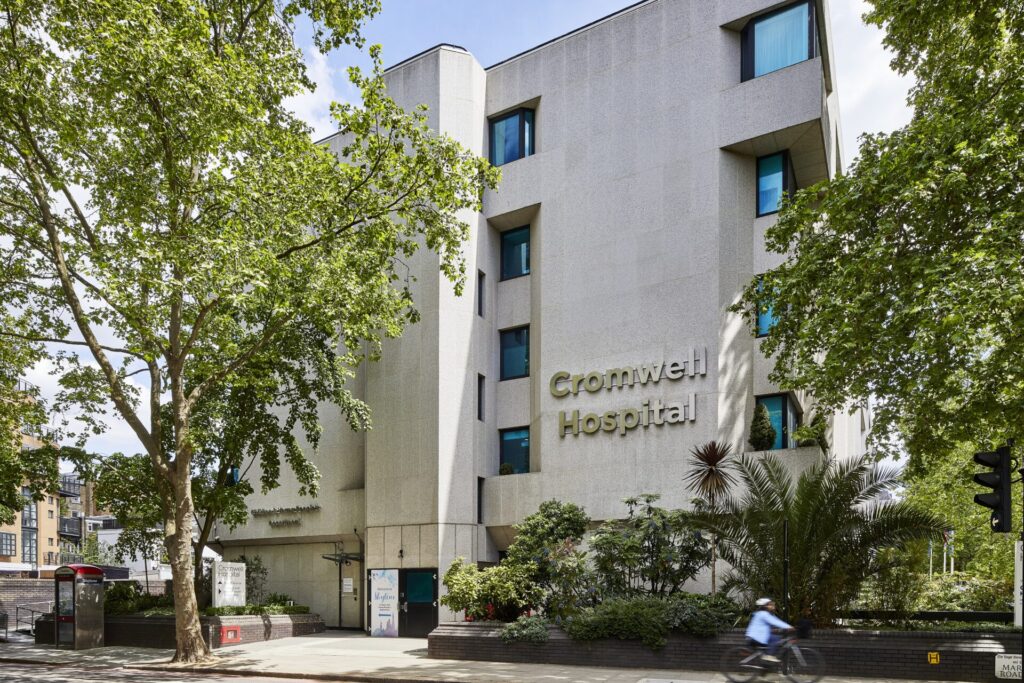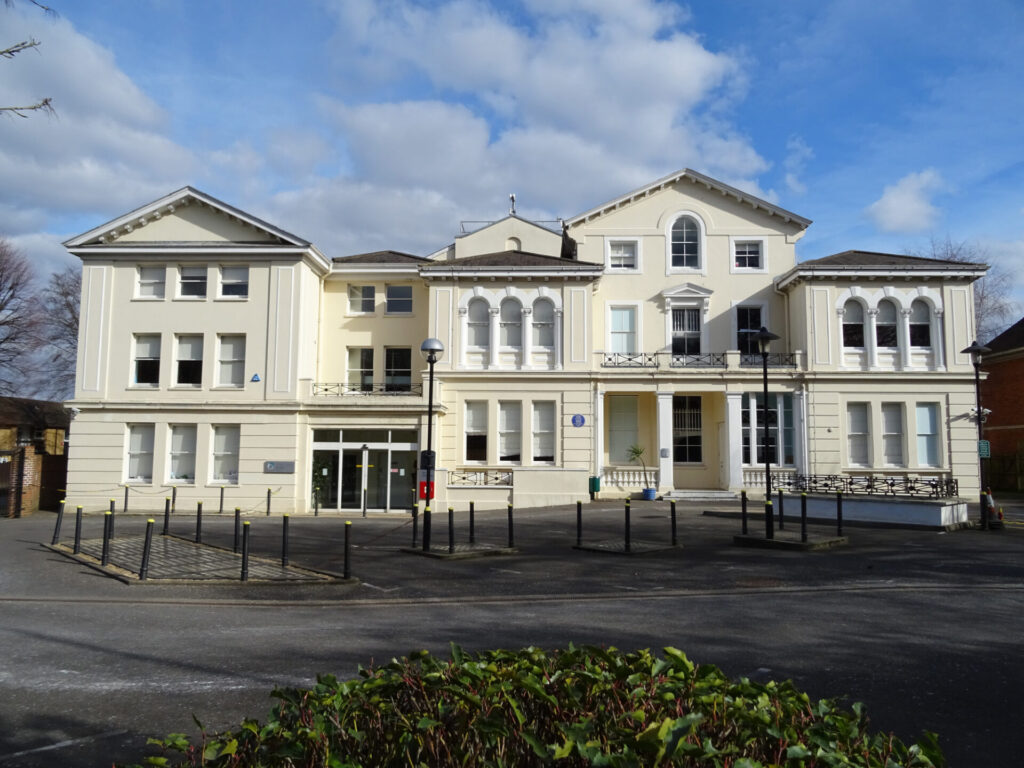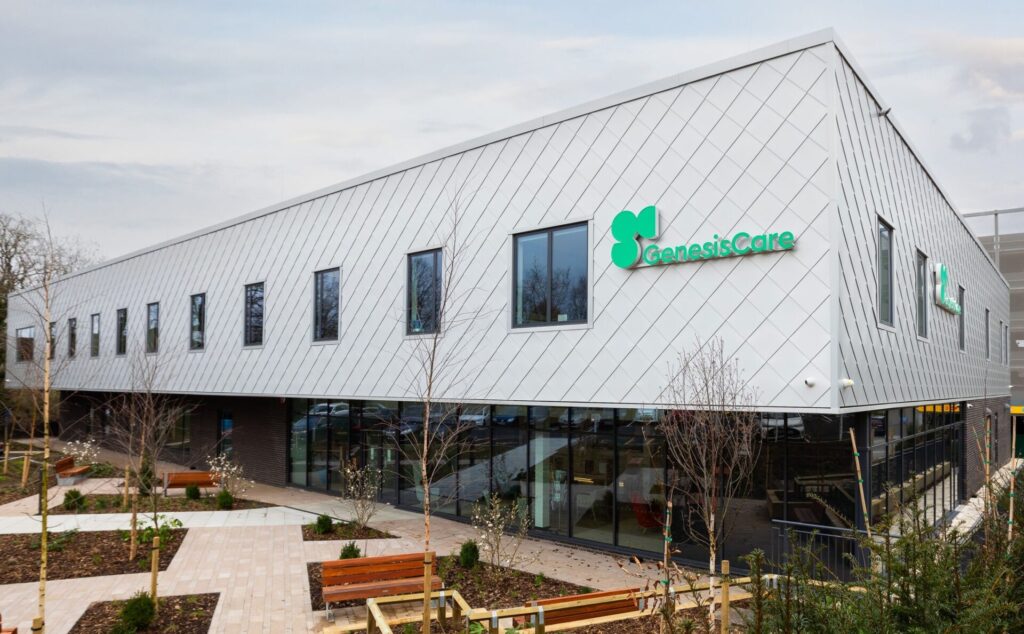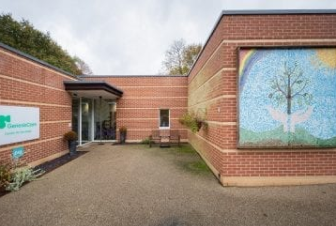Gary’s Case Study: Successful Radiotherapy for Ledderhose Disease
With a degree in molecular genetics, 22-year-old Gary was looking forward to starting a PhD with the ultimate dream of a job in cancer research
With a degree in molecular genetics, 22-year-old Gary was looking forward to starting a PhD with the ultimate dream of a job in cancer research. But increasing pain and its debilitating effect from a small bump on the arch of his foot began to severely impact Gary’s life, both physically and emotionally, leaving him reliant on a walking stick and unable to pursue his dream.
A frustratingly slow pattern of referrals eventually led to a specialist foot surgeon diagnosing Ledderhose disease, but it took Gary’s own persistent research to find a treatment he was happy with.
I didn’t have good days – only ‘bad days’ and ‘not so bad days’. With my and Katie’s wedding coming up, I was worried I’d be in extreme pain throughout our big day. Fortunately, I was able to enjoy it, although looking back at photographs I can see that my foot was tilted as I tried to keep any weight away from the Ledderhose.
Things went from bad to worse, and I got to the point where I couldn’t get about without a walking stick. I had to give up my PhD because of my inability to walk and became aware that my whole life – and Katie’s, too – had become focused on nothing else but a desperate attempt to find an alternative to surgery.
I was undertaking an exorbitant amount of research and came across a lot of information about a similar condition in the hand called Dupuytren’s disease. My wife found some information through the British Dupuytren’s Society about radiotherapy being used as a treatment for Dupuytren’s… and also for Ledderhose disease.
I found three specialists who I immediately contacted – one in Germany, one in London and one in Guildford, Surrey.
Soon after, I went for a consultation with Dr Richard Shaffer in Guildford, and for the first time, I felt I was speaking to someone who knew what they were talking about. To my relief, Dr Shaffer thought that radiotherapy would be a viable treatment for my condition.
Eager to help in any way they could, my friends and family began fundraising to raise money for the radiotherapy treatment, which wasn’t available on the NHS. Katie, her sister, mum, dad, and sister-in-law completed a 5k run, my brother-in-law a 10k run, and my grandparents and many others helped out financially too.
At my first appointment, Dr Shaffer outlined the area that required treatment, including a safety margin to shield areas around the lump, and the first five radiation doses were given once a day from Monday to Friday. Scarily, the pain got slightly worse at first, but Dr Shaffer reassured me that this was completely normal, and following the second visit eight weeks later, I noticed a very gradual improvement. Within a few weeks, it only hurt after a fairly considerable amount of walking, and within six months, I at long last got rid of my walking stick.
A year after my first consultation with Dr Shaffer, my life was back on track. I got a job as a programmer and was back playing badminton. Best of all, I became a dad!
I’m so relieved I found treatment before Katie and I had a family. I’ve gone from wondering how I would ever cope with life – let alone kids – to feeling great.
Quite remarkably, I’ve also recently run 10k and completed the training to become a badminton coach – something I always thought I’d enjoy but for a while thought I’d never be able to achieve. I now play and coach part-time at weekends.
My interest in the disease continues and, in a bid to help others benefit from the knowledge I’ve gained, I’ve become a Trustee of the British Dupuytren’s Society, a charitable patients’ organisation which provides support and information to people affected by Dupuytren’s, Ledderhose and other related conditions.
For the same reason, I’m continuing to keep my blog up-to-date. I started it to share what I was experiencing with my family and friends but found it also really helped me psychologically when I was in so much pain. It’s become a bit of a forum for others suffering from Ledderhose, and I’m glad to know that readers have found it helpful and informative.
Our centres
Appointments with Dr Shaffer take place in London, Guildford and Nottingham. Treatment can be delivered in any of 15 centres around the UK (Birmingham, Bristol, Cambridge, Chelmsford, Cromwell, Elstree, Guildford, London Cromwell, Wimbledon Cancer Centre London, Maidstone, Milton Keynes, Nottingham, Oxford, Portsmouth, Southampton, Windsor). See below for details:










